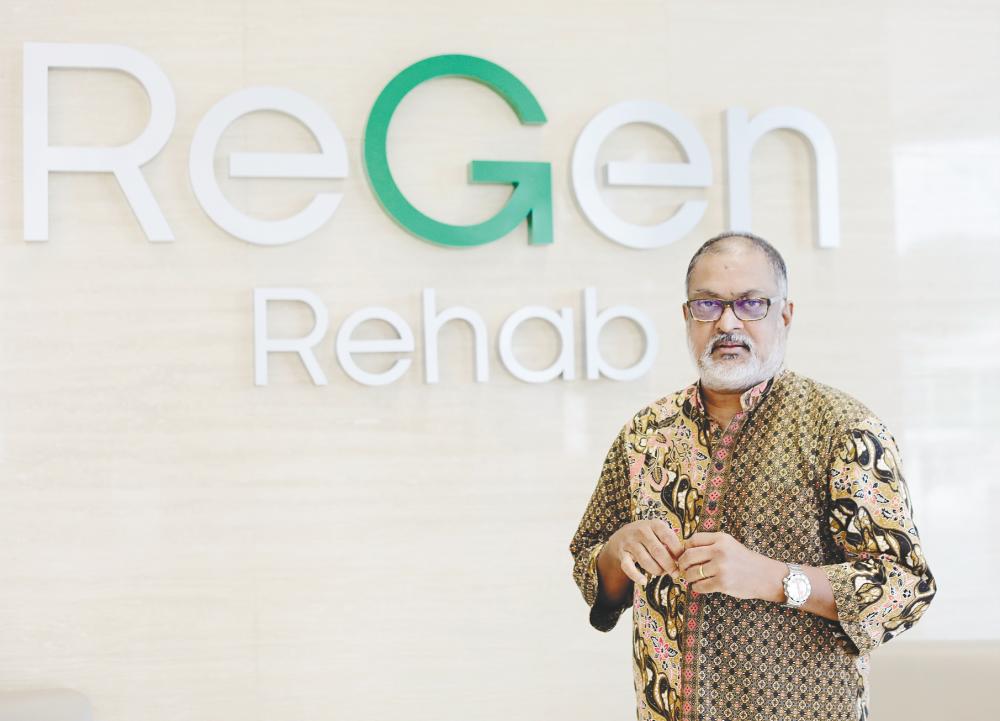SOMETIMES, the happiest face hides the saddest heart. This was true in the case of young Indian actor Sushant Singh Rajput. He was known among his peers and fans for having one of the brightest and sweetest smiles in the Bollywood film industry.
On June 14, he was found hanging from the ceiling fan of his home in Mumbai. No suicide note was found. He was only 34.
Needless to say, his sudden and untimely death sent shockwaves throughout the industry.
Sushant started his career in television serials. He made his film debut in the 2013 feature film Kai Po Che! where he received a nomination for his performance from the Filmfare Awards for Best Male Debut.
He also showed his versatility by appearing in various other films including the romantic comedy Shuddh Desi Romance, the action thriller Detective Byomkesh Bakshy, and the sports biopic M.S. Dhoni: The Untold Story.
For his performance in the latter film, he received his first nomination for Best Actor from the Filmfare Awards. He also had several other commercial hits under his belt such as Kedarnath and Chhichhore.
He seems to have had fame and fortune in his favour. Yet, he still took his own life, baffling everyone.
Last year, the director general for the World Health Organisation (WHO) Dr Tedros Adhanom Ghebreyesus was reported as saying that despite significant progress having been made to lower global suicide rates, one person still dies every 40 seconds from suicide.
Here in Malaysia, Paul Jambunathan, who has been a clinical pyschologist for more than 35 years and who is attached to ReGen Rehab Hospital, explains: “Behind every complicated behaviour, there is emotion, there is motivation.
“Sometimes there could be a multitude of emotions happening simultaneously.”
He finds that most of the time, in their search for answers, people often take the easy way out and simplify things.
Paul, who is also a senior lecturer at the School of Medicine and Health Sciences Monash University Malaysia, explains that what motivates
someone to take their own life could be linked to experiences during their early childhood years that have not been resolved.
He pointed to an observation made by the late US pyschologist Dr Murray Banks, who once said that there are fundmentally four human needs: “I need to live”, “I need to love”, “I need some sense of importance” and “I need variety in life.”
Paul adds: “If one were to list down their wants and their needs, they would realise that their list of ‘needs’ is much shorter than their ‘wants’.
When people do not get what they want, they get frustrated. That frustration could lead to something devastating.”
He also suggests that people should consider taking a pyschology test called Dass-21 (The Depression, Anxiety and Stress Scale), which can be taken over the internet, to check out their depression level.
“Of course, to be properly diagnosed, you need to meet with a clinical psychologist,” he says.
Paul also strongly suggests that mental hygeine should be taught in school as a subject to train youngsters to handle their emotions appropriately.
Understanding how to deal with negative emotions could indirectly reduce suicide among youths.
Paul Jambunathan has suggested the following guidelines to help people beat suicidal tendencies:
1. Maintain good relationships with close family members and friends.
2. Avoid seeing crises or stressful events as unbearable problems.
3. Accept circumstances that cannot be changed.
4. Develop realistic goals and move towards them.
5. Take decisive actions in adverse situations.
6. Look for opportunities for self-discovery (loss).
7. Develop self-confidence.
8. Keep a long-term perspective and consider the stressful event in a broader context.
9. Maintain a hopeful outlook, expecting good things and visualising what is wished for.
10. Take care of one’s mind and body, exercising regularly, paying attention to one’s own needs and feelings.









